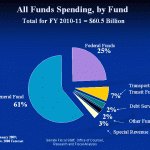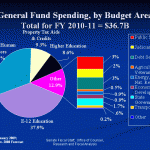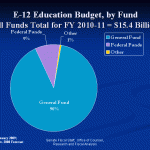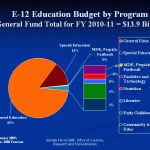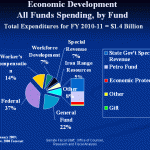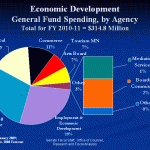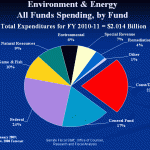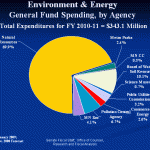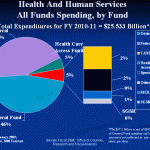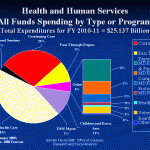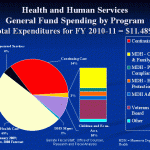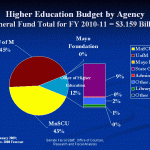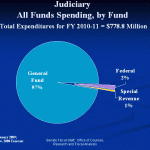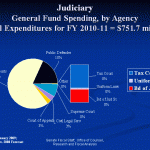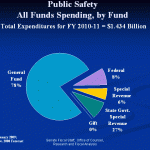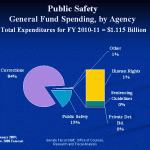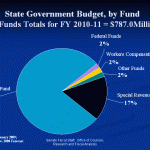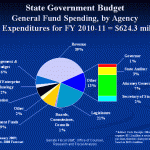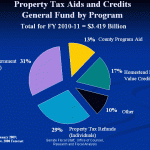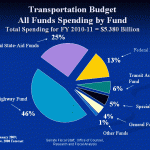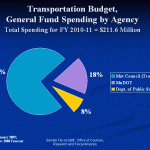Welcome to the Senate Budget Discussion
Thank you for visiting the Minnesota State Senate’s Budget Discussion Website. This is an online community designed to invite you to contribute your ideas on the state budget. Your ideas will help the Senate develop a budget that reflects the values and needs of our communities.
During this Session, the state will set its budget for the next two fiscal years: July 1, 2009 through June 30, 2011. The November 2008 economic forecast revealed that the state government faces a deficit of more than $4.8 billion dollars over the next two years. This is a very significant budget deficit. In order to create a balanced budget for the next two years, we will need to consider all ideas and be creative in finding solutions. All Minnesotans will need to be a part of the decision-making process.
To set the frame for the discussions, the charts below help explain the basics of the Minnesota budget. In the next tab, you will find a more extensive description of the budget and how state government is funded.
(click images to enlarge)
Below you will find discussion forums for each of the state’s budget areas. We invite you to be part of these ongoing conversations. After the last commitee deadline in the Senate, we will close the public comment feature of this website.
Remember that you are always welcome to contact your local Senator by letter, telephone, email or personal visits to the Capitol. We hope that this website will be another way for you to be a part of the legislative process.

